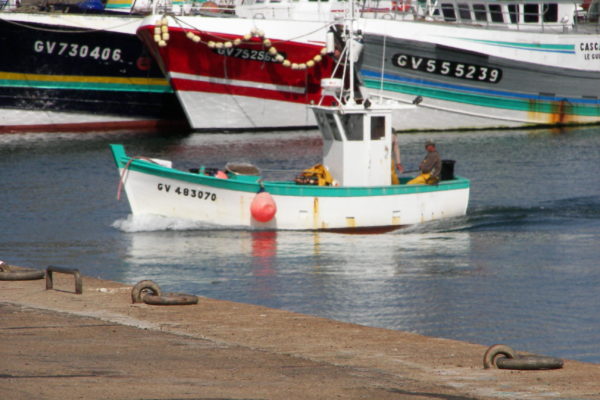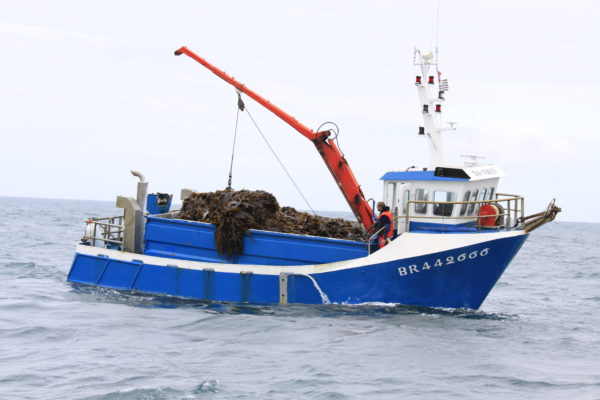FUTURE OF FISHING
Fishing’s many faces
Fishing types
Several types of fishing exist, distinguished by the number of days spent at sea and the type of fish caught.
Each type of fishing has its own specific vessel type, which is suited to the time spent away from land.

Small-scale coastal fishing
These vessels, less than 16 meters in length, are not designed to be at sea for more than 24 hours. Their crew is limited to three fishermen. They mainly catch mackerels, anchovies, soles and sardines that they sell to the auction or on markets as soon as they sail back to the harbour. Small fishing craft make up 33% of the European fishing fleet and account for 1% of the total amount of fish caught in Europe.

Coastal fishing
These fishing vessels are equipped to go out at sea for one to four days. They are less than 16 metres long and have up to four fishermen aboard. The crew empties, cleans and puts the fish in ice on-board the ship.
Coastal fishing vessels represent more than half of the total European fishing fleet, but only 10% of the total amount of fish caught in Europe.

High-seas fishing
Fishing vessels equipped for high-seas fishing take a crew of 6 fishermen out to sea for six to twenty days. These vessels are, for the most part, trawlers that range from 16 to 38 metres long.
They sail off European coasts, catching hake or cod that are frozen or put into ice on board, to be sold fresh in auction.
High-seas fishing vessels represent 7% of the European fishing fleet, but 52% of the total amount of fish caught in Europe.

Offshore fishing
Offshore fishing vessels are at sea for more than 20 days. These vessels are very large trawlers, tuna boats or longliners, specially equipped for high-sea fishing and 60 to 80 metres long. Their crew complement can be up to 50 fishermen, who capture and process the fish directly on-board.
Offshore fishing vessels work in remote areas, and capture very specific fish species:
- Trawlers capture saithe, cod or ling in cold waters.
- Tuna boats sails towards Indian and Atlantic Oceans, where warmer waters are the natural habitat of tuna
- Longliners fish in the Antarctic.
In Europe, there are only 150 offshore fishing vessels. They represent less than 0.2% of the entire European fishing fleet, and 28% of the total amount of fish caught.